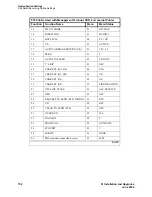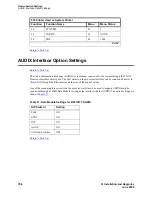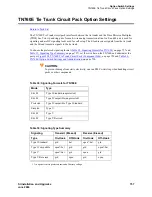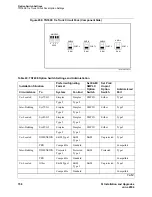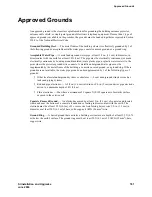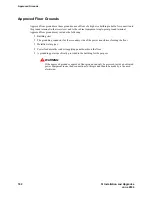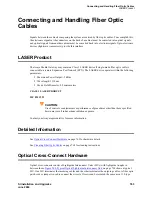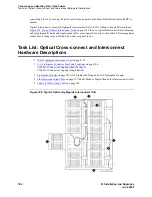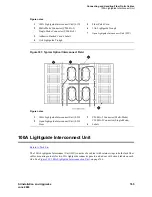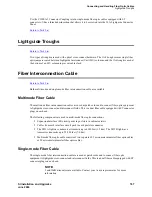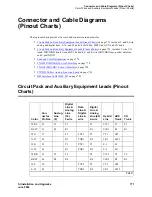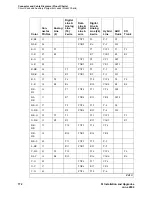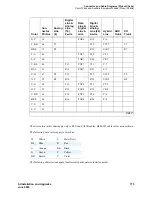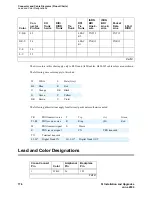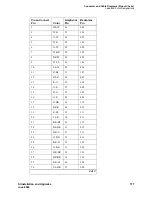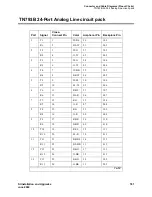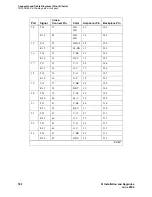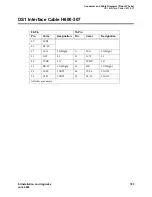
Connecting and Handling Fiber Optic Cables
Labels for Fiber Optic Cables
768
SI Installation and Upgrades
June 2004
The following components are used in single-mode fiber optic connections:
•
Expansion Interface (EI) circuit packs in port slots in cabinet carriers
•
Cables from each interface circuit pack to each port slot connector
•
The 300A lightwave transceivers transmits light up to 115,000 feet (35 km). Fiber loss must be
less than 17dB. Saturation may occur if distances are short; attenuators may be required if the
total loss on the fiber link is less than 10dBm. An Optical Time Domain Reflectometer (OTDR)
test is recommended to determine specific fiber optic hardware requirements.
•
Single-mode fiber optic cable consists of two separate 8 to 10 micrometer core cables.
NOTE:
5 and 10dB attenuators are available. Contact your Avaya representative for more
information.
Return to Task List
Labels for Fiber Optic Cables
Return to Task List
There are two types of labels used with fiber optic cables:
•
Cable labels
•
Cross-connect labels
Cable labels are used on the cables, and cross-connect labels are used on the cross-connect equipment.
Cable Labels
Cable labels, with adhesive backing, are installed on each end of a fiber optic cable. Each label displays
the following information:
•
The numbers of the cabinets, carriers, and slots connected by the cable
•
Information on the cable itself, such as cable comcode number, and how it is used
Cross-Connect Labels
The label used with cross-connect fiber optic cables shows the cabinet, carrier and slot numbers of the
source of the cable. It also indicates that the cable goes to the Main Distribution Frame (MDF).
Return to Task List
Cleaning Fiber Optic Cables
The use of isopropyl alcohol is recommended to properly clean fiber optic cables. Contact your Avaya
representative for more information.

